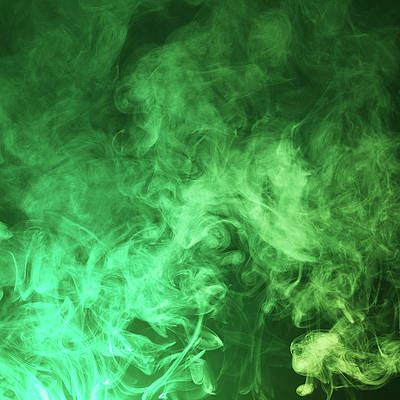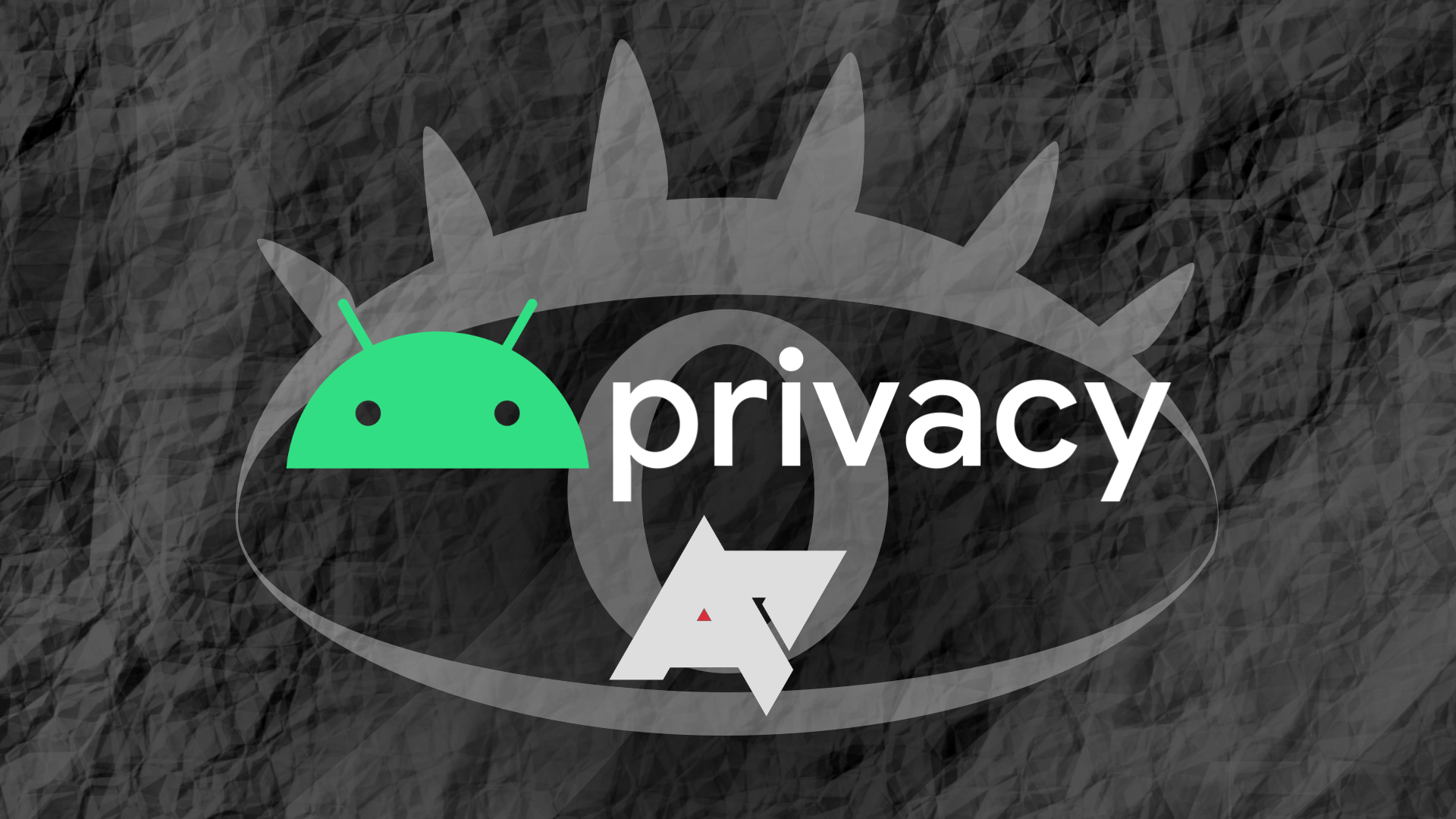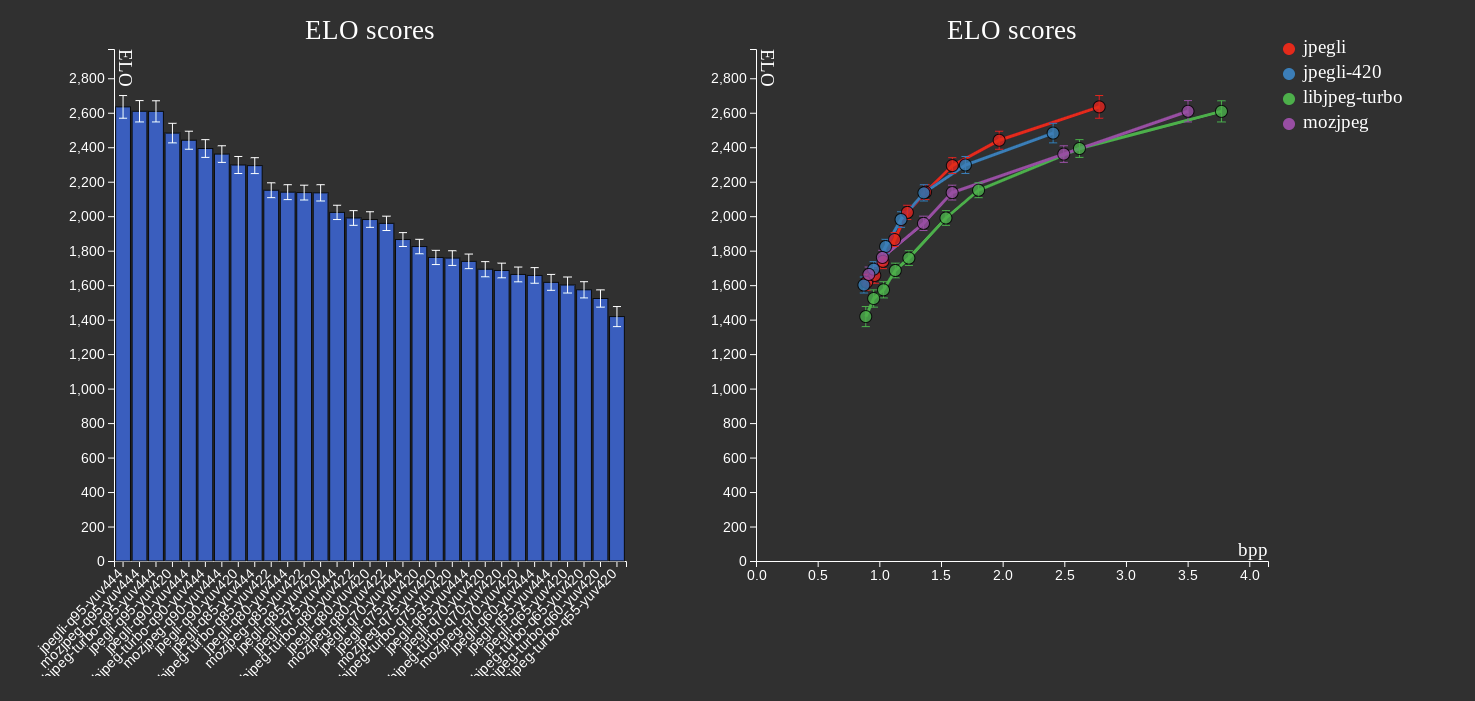Summary
- Google’s open-source Jpegli promises 35% better image compression than other methods, improving quality while saving bandwidth.
- The coding library is compatible with existing JPEG encoders, making it easy as a drop-in replacement.
- Jpegli reduces noise and stores more details in smaller files, offering improved image quality online.
Let’s face it: as ubiquitous as JPEGs are, they don’t always offer the best image quality. They can be compressed much further than lossless formats like PNG, and the nature of the file format can introduce ugly compression artifacts that often get worse with every subsequent copy. While problems with copying aren’t something that Google can fix, the company is tackling just how well JPEG can compress images with its new open-source Jpegli, a new coding library for JPEG that promises a 35% compression rate improvement over competing methods.
The idea behind Jpegli comes from website optimization. To speed up page load times, images need to be compressed just enough to not take forever to load but also to not look low-quality and pixelated. Jpegli promises the best compression ratio for high quality images out there, and unlike other Google projects like the widely disliked WebP, it’s 100% compatible with existing JPEG encoders and decoders. It even works with the most commonly used 8-bit formalism. Optionally, the tool also supports 10+ bits, leading to fewer artifacts and other image problems.
Google’s new compression method could save you a lot of bandwith
“A higher ELO score indicates a better aggregate performance in the rater study. We can observe that jpegli at 2.8 BPP received a higher ELO rating than libjpeg-turbo at 3.7 BPP, a bitrate 32 % higher than Jpegli’s.”
Google has a whole announcement dedicated to the technical details of how Jpegli works, but the gist is that it relies on new techniques that can reduce noise better all while storing more details in smaller files. Google relies on new tools developed for the more advanced JPEG XL. All this combined leads to the 35% improvement mentioned above, all while retaining compatibility across all browsers and other image rendering tools out there.
For those who want to dig into the open-source tool themselves, Google made it available on Github. For the rest of us, we can look forward to images taking up less of our bandwidth when visiting websites. While Google hasn’t made any announcement on this so far, we also wouldn’t be surprised if Jpegli made its way to more of the company’s own products, like Google Photos. It would certainly ease the load on Google servers when image libraries take up 30% less space all while the images themselves retain the same quality.






